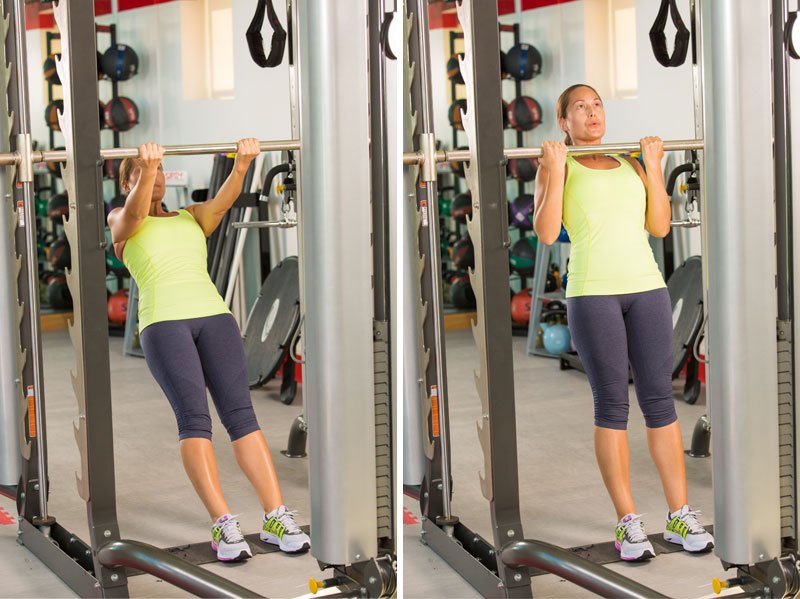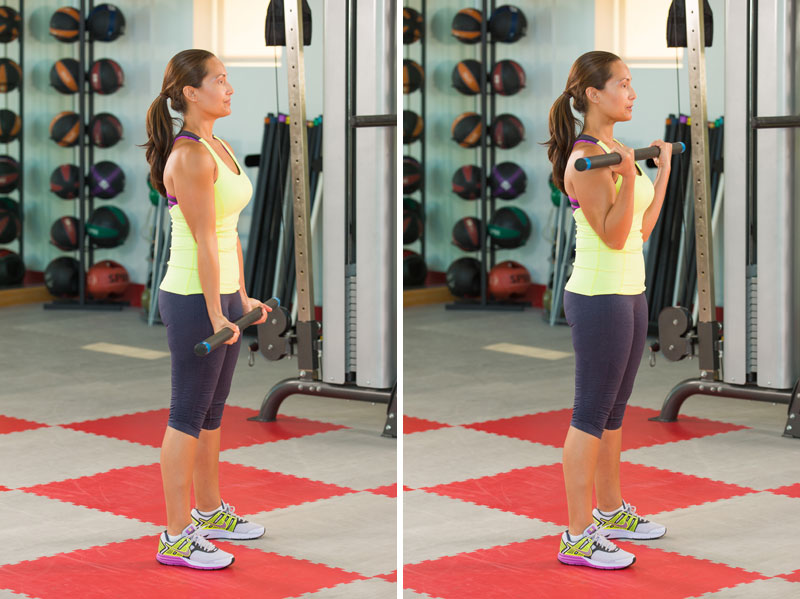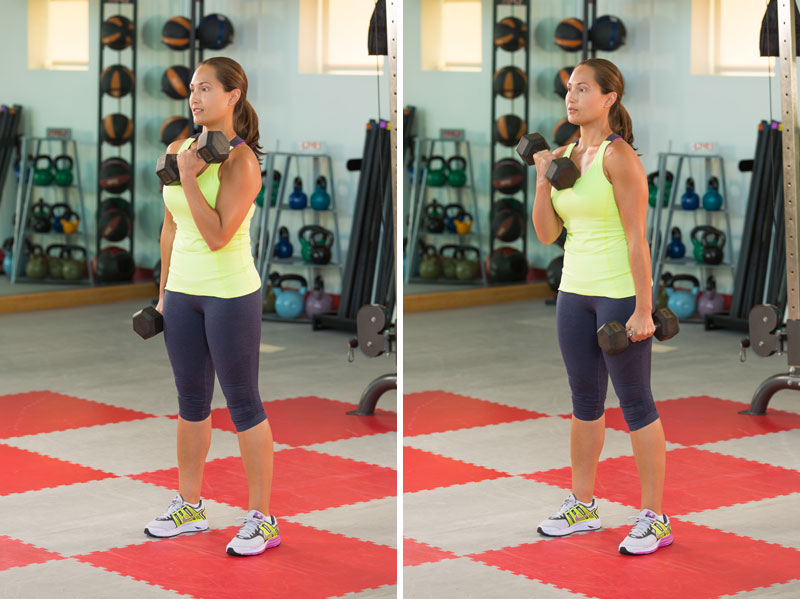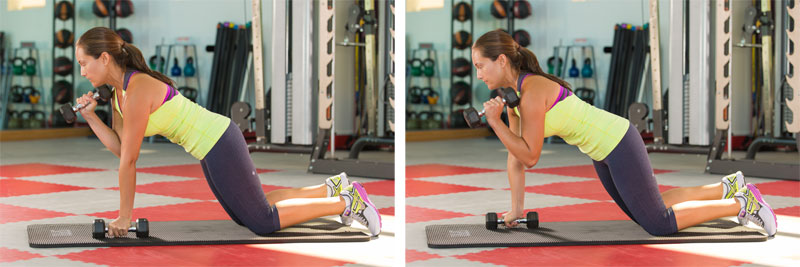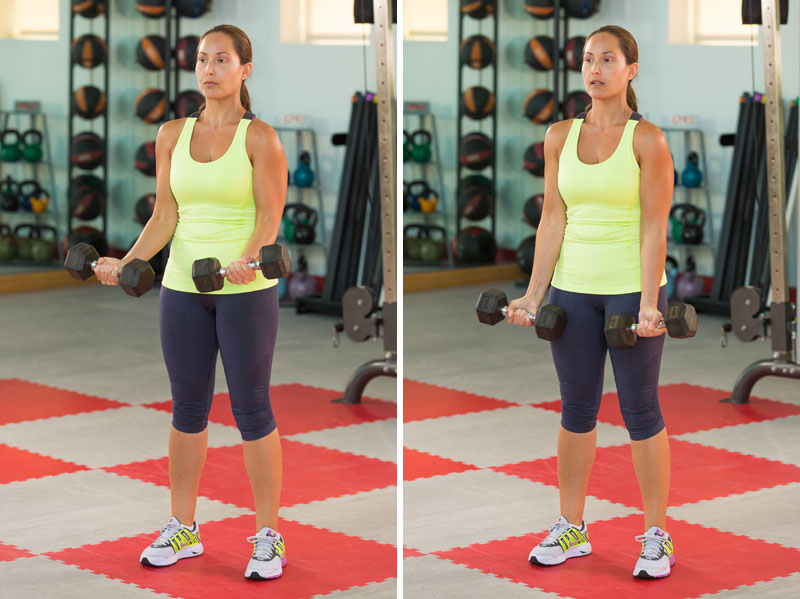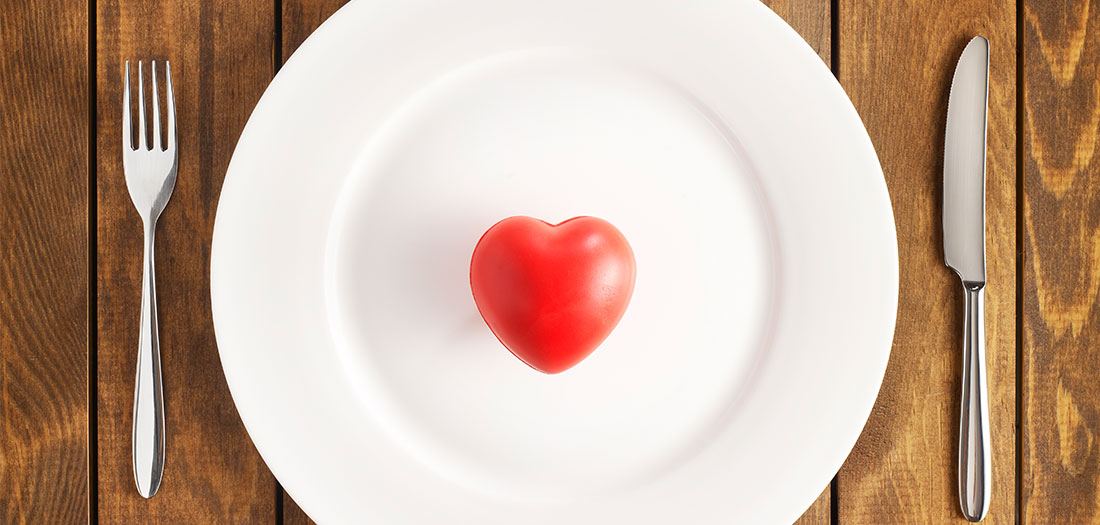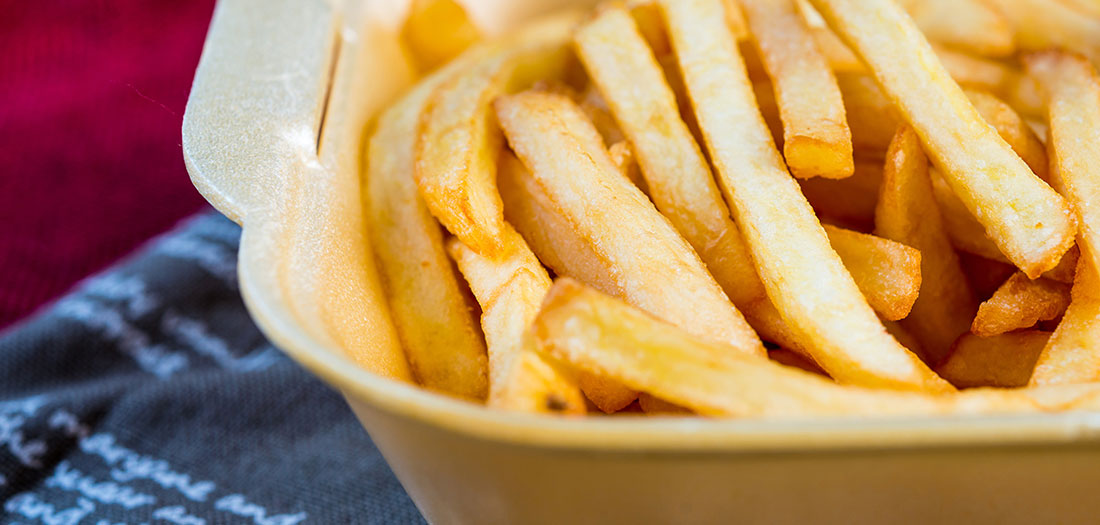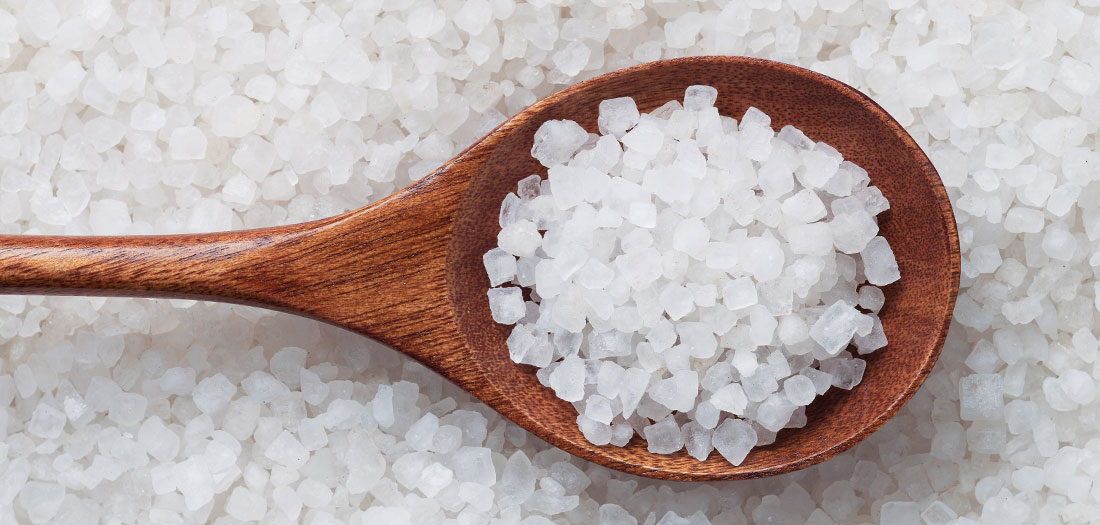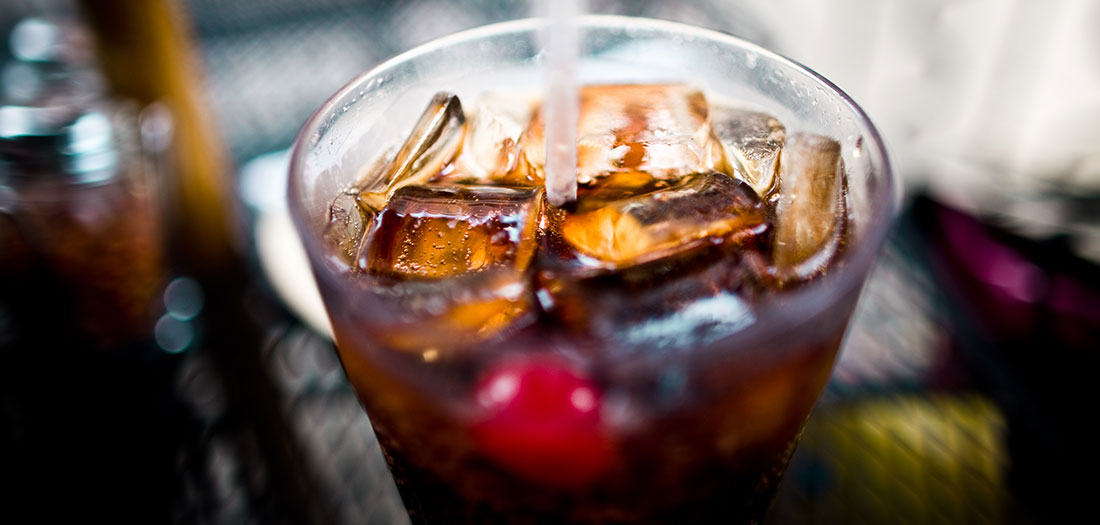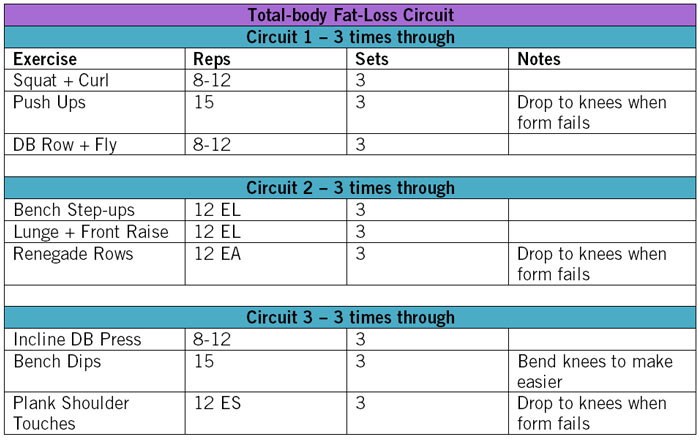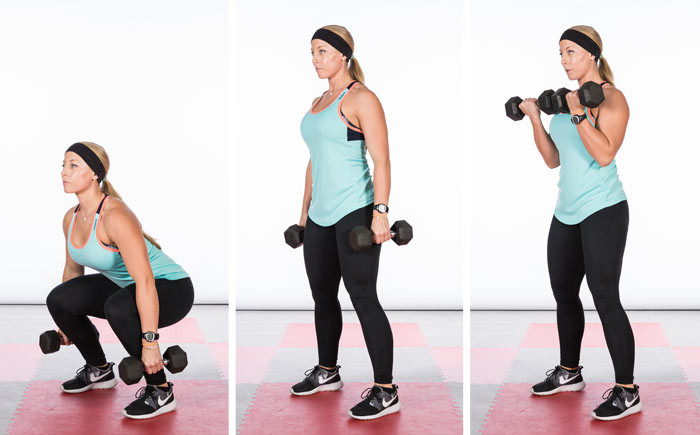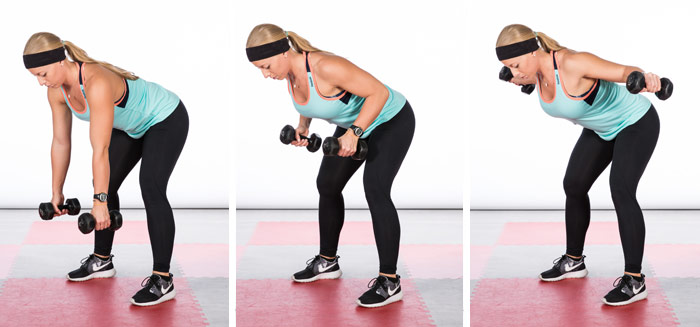Salmon Tacos
Food for Thought

By Mary Saph Tanaka, MD, FAAP
Salmon Tacos
2 6-ounce salmon filets
8 corn tortillas
1 lime, cut into wedges
olive oil
Mexican Spice Marinade
1 t ground cumin
1 t dried onion
1 t ground oregano
½ cup of fresh cilantro
To prepare the fish: Mix all the spices in a large bowl and add 2 tablespoons of olive oil. Cut the fish into ½-inch cubes and place into marinade. Let sit in refrigerator for 1 hour. When ready to cook, place 2 tablespoons of olive oil in a pan over medium heat.
Remove the fish from the refrigerator and place in the pan. Cook for 10–12 minutes, stirring occasionally, until fish has cooked through.
Serve with warm corn tortillas and mango black-bean salsa.
Mango Black-Bean Salsa
2 small mangoes or 1½ cups of defrosted frozen mango
1 15-ounce can of black beans, drained
¼ medium onion (any color), finely diced
1 red bell pepper, finely diced
½ cup of fresh cilantro, chopped
juice of 1 lime
If using fresh mangoes, peel the skin and slice off the fruit on either side of the seed. Cut mangoes into small pieces, approximately the same size as the diced peppers and onions. Mix all ingredients together in a bowl, and serve with tacos.


